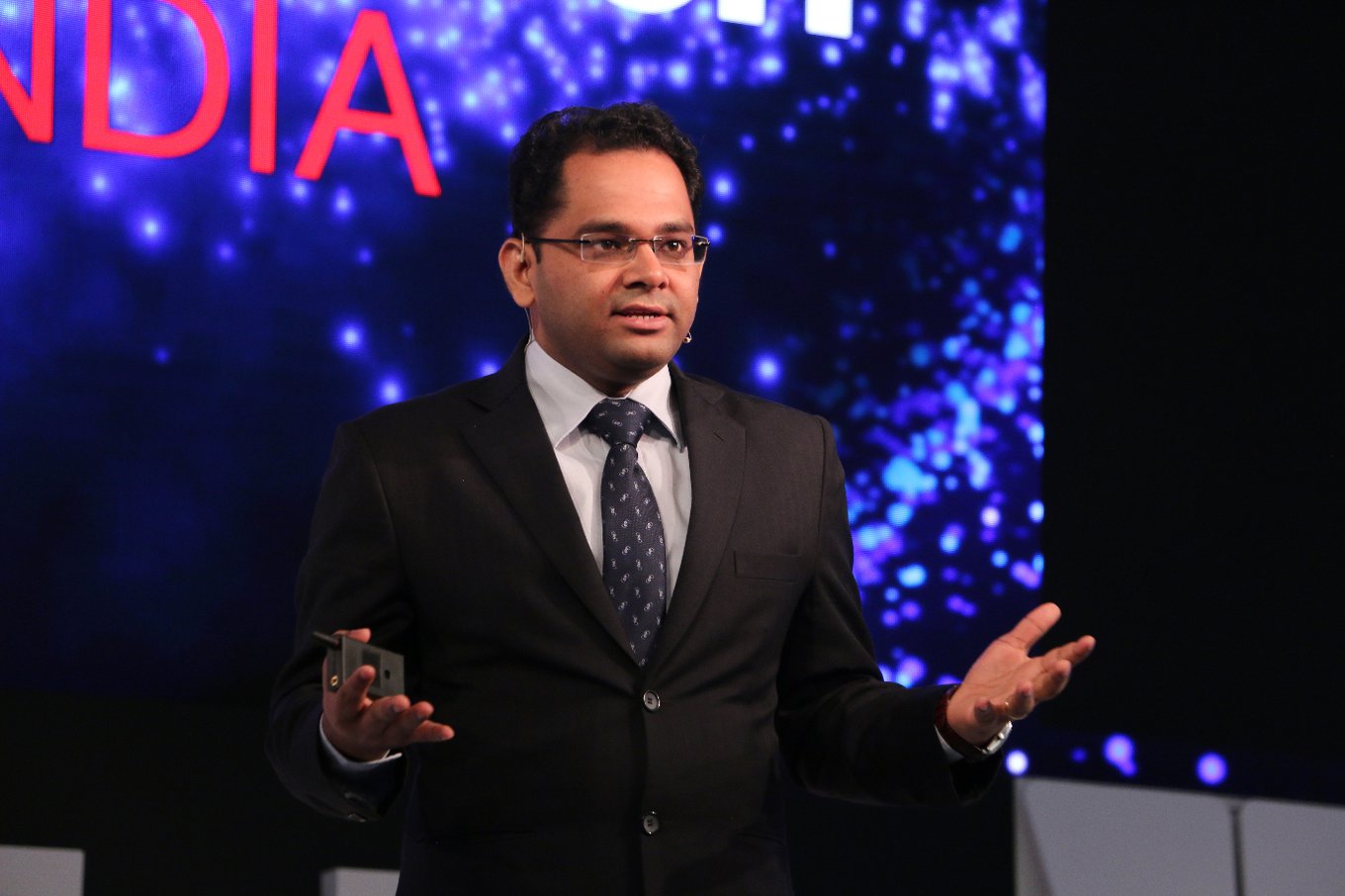"Prasant Misra has been focusing his research efforts around building “spatially intelligent systems”. His current work pertains to the auditory sensing technology for micro unmanned aerial vehicles (MUAVs, more popularly known as drones). It’s like “growing the ears” for intelligent things, as he puts it. “It is part of a grand vision to equip this category of flying robots with a sensory gamut that is on par with humans,” he says. This will not only enable such “things” to derive better spatial intelligence, but also drive cognition to a better level of autonomy by combining auditory sensing with vision. There are, however, fundamental challenges in developing such robust auditory capabilities, especially in capturing the spatial dimensions of a sound scene and analysing its acoustic signature. “The signal-to-interference-plus-noise ratio is extremely low due to the presence of (near-field) wideband acoustic interference (i.e., self-noise) from the MUAVs’ spinning rotors and motors, which is both strong and non-stationary,” he explains. Theoretically speaking, building an acoustic array with a large number of acoustic elements can overcome such high levels of noise, but the space, payload and energy limitations of an MUAV come in the way of meeting such exhaustive system requirements and computational needs.
Misra is now investigating both lightweight acoustic sensing system design, and low-power (but efficient) computation paradigms to overcome this challenge. The initial results, he says, are quite promising.
The impact of the work Misra is doing is far-reaching. It will not only force us to rethink the current model of aerial sensing (which is primarily vision dominated), but will also open up newer applications and usage scenarios for the betterment of society.
It is now quite common to talk of aerial drones, especially tiny ones with multiple rotors that can hover mid-air, in applications ranging from e-commerce deliveries and inspection of industrial machinery to wildlife monitoring and search-and-rescue operations.
Nevertheless, their sensing technology is predominately vision-centric. “While the advantages are clearly obvious in visual inspection and monitoring applications, on the flip side, they become unusable in camera-obstructed or low-light conditions, or in scenarios that offer non-visual clues such as those based on sound. In fact, these conditions are a norm in high-stress environments (dense canopy or fog, structures on fire, underground mines, etc.),” he says.
Misra is working towards taking the MUAV technology from its existing level to “cognitive autonomous systems”. He believes that as spatial intelligence and cognitive technology mature, the lines between machines and humans would blur, enabling both to live together in the same society as companions. In the future, cognitive aerial drones will take up roles such as aerial cars and taxis, pick up and escort agents, search and rescue bots, and ears and eyes for the disabled. In short: anything you want them to be."




